The Ultimate Guide to Cleaning Your ResMed AirSense 10 and AirSense 11
Introduction
If you rely on a CPAP (Continuous Positive Airway Pressure) machine for restful sleep, you already know how important it is to keep your equipment in good shape. Regular cleaning helps prevent the buildup of harmful bacteria, mold, and allergens, which can compromise both the performance of your device and your health. In this guide, we’ll focus on best practices for cleaning two popular ResMed models: the AirSense 10 and AirSense 11. We’ll cover everything from daily maintenance to weekly deep cleaning, so you can keep your therapy safe, hygienic, and effective.
Why Proper Cleaning Matters
- Health & Safety: A clean CPAP device reduces exposure to bacteria, fungi, and other irritants that can lead to respiratory infections.
- Device Longevity: Proper care helps you avoid premature wear and tear on components such as the humidifier chamber and mask cushions.
- Optimal Performance: A clean machine runs more efficiently, delivering consistent airflow and humidity levels, which are key to effective sleep therapy.
Supplies You’ll Need
- Mild liquid dish soap (fragrance-free is best)
- White vinegar (optional, for deeper cleaning/disinfection)
- Soft, lint-free cloths
- Warm, potable water
- A clean sink or basin dedicated to CPAP cleaning (recommended)
- Access to fresh, well-ventilated space for air drying
Daily Cleaning Routine
- Unplug the Machine: Always start by powering off and unplugging your CPAP device.
- Wipe the Exterior: Use a soft, slightly damp cloth to gently wipe down the exterior housing of your AirSense 10 or AirSense 11. Avoid getting moisture in any of the machine’s vents.
-
Clean the Mask:
- Detach the mask cushion from the frame (refer to your mask’s user guide).
- Rinse the mask cushion with mild soapy water, ensuring all oils or residue are removed.
- Rinse thoroughly with warm water and allow it to air dry away from direct sunlight.
-
Empty and Rinse the Humidifier Chamber:
- Remove the water chamber and discard any leftover water.
- Rinse the chamber with mild soapy water, then rinse thoroughly with clean water.
- Leave it inverted on a clean, dry cloth to air dry.
Weekly Deep Clean
-
Soak the Tubing and Humidifier Chamber:
- Fill a clean sink or basin with warm water and a few drops of mild soap.
- Submerge the tubing and humidifier chamber for about 15-20 minutes.
- For additional disinfection, you can add a 1:1 solution of vinegar and water once a month.
-
Rinse Thoroughly:
- After soaking, rinse all parts thoroughly under warm running water.
- Ensure there is no lingering soap or vinegar smell, as residue can irritate airways.
-
Air Dry Completely:
- Hang the tubing so water can drain out.
- Place the humidifier chamber and mask components on a clean cloth, away from direct sunlight.
- Make sure everything is fully dry before reassembling to prevent mold and bacteria growth.
Monthly Tasks
-
Replace Filters:
- The AirSense 10 and AirSense 11 use disposable filters that should be replaced every month or as indicated by the manufacturer.
- Check the filter for discoloration or buildup. If it looks dirty or gray, replace it sooner.
-
Check for Wear & Tear:
- Examine the mask cushion for any cracks or signs of wear that may cause air leaks.
- Inspect the tubing for small tears or stiffness. If you notice damage, replace it immediately.
Additional Tips & Best Practices
- Avoid Harsh Chemicals: Never use bleach, alcohol, or scented soaps to clean your CPAP equipment. These can degrade the materials and irritate your airways.
- Machine Cleaning Devices: If you use specialized CPAP cleaning devices (e.g., ozone or UV light sanitizers), follow the manufacturer’s instructions. Note that ResMed and other authorities often recommend manual cleaning for best results.
- Storage: Keep your CPAP and its accessories in a clean, dry area free from dust, pets, and direct sunlight.
- Travel Considerations: When traveling, bring a travel-sized mild soap and a small collapsible basin for quick cleaning on the go.
Conclusion
Regular cleaning is one of the most critical aspects of CPAP therapy. By dedicating a few minutes each day and a more thorough session each week, you’ll protect your health, extend the lifespan of your AirSense 10 or AirSense 11, and maintain comfortable, effective treatment. If you have any lingering questions about proper cleaning or specific concerns about your CPAP routine, consult your healthcare provider or refer to the official ResMed user manuals.
Bibliography
- ResMed. (n.d.). AirSense 10 User Guide. Retrieved from ResMed
- ResMed. (n.d.). AirSense 11 User Guide. Retrieved from ResMed
- American Thoracic Society. (2020). CPAP and BiPAP: Cleaning and Disinfection. Retrieved from thoracic.org
- Sleep Foundation. (2021). How to Clean Your CPAP. Retrieved from sleepfoundation.org
- Mayo Clinic. (2023). Sleep apnea machines: Tips for avoiding 10 common problems. Retrieved from mayoclinic.org

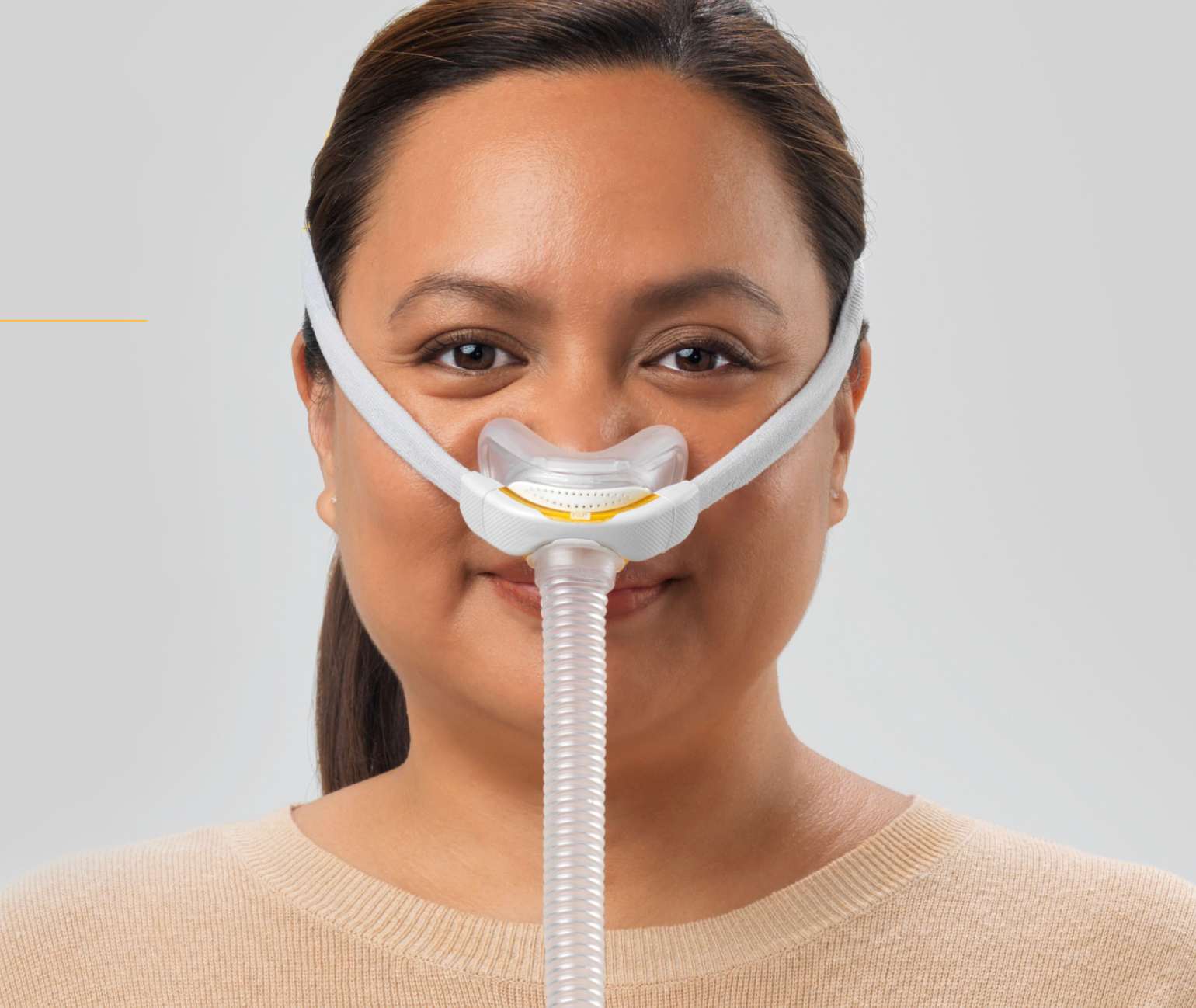
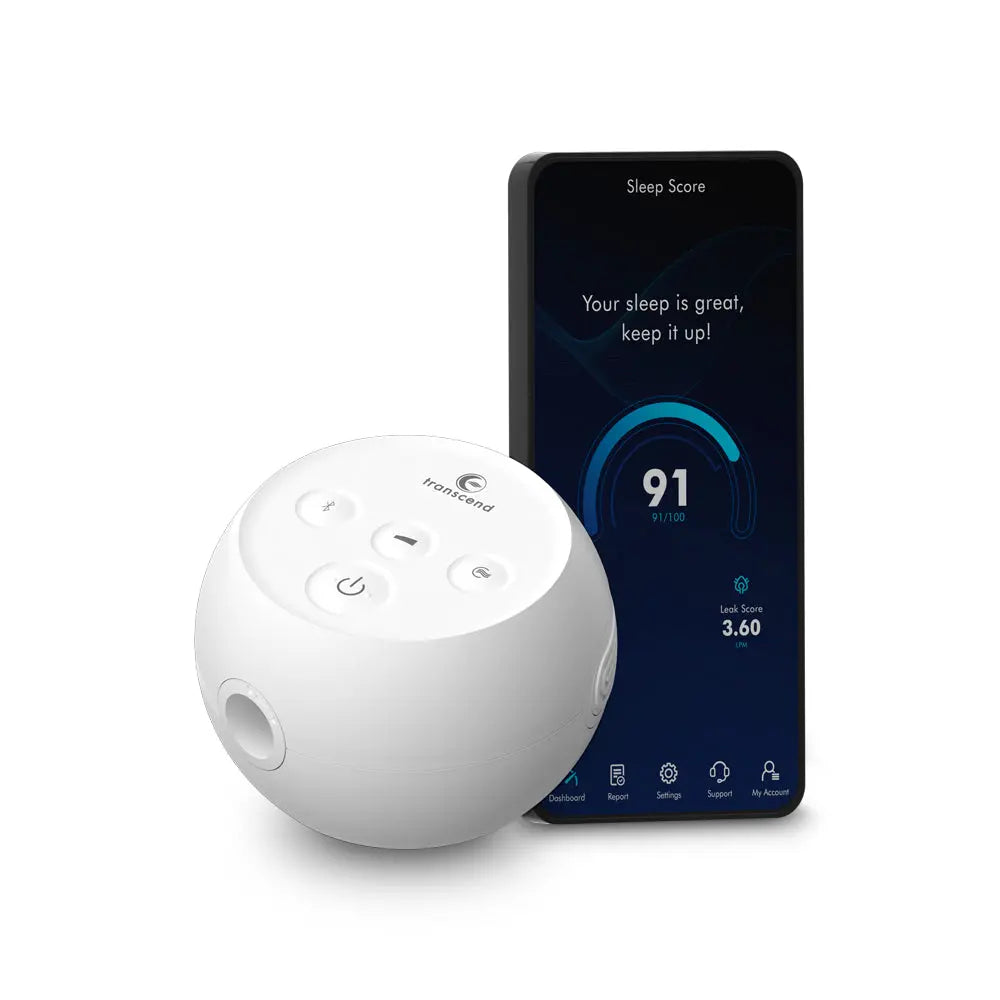
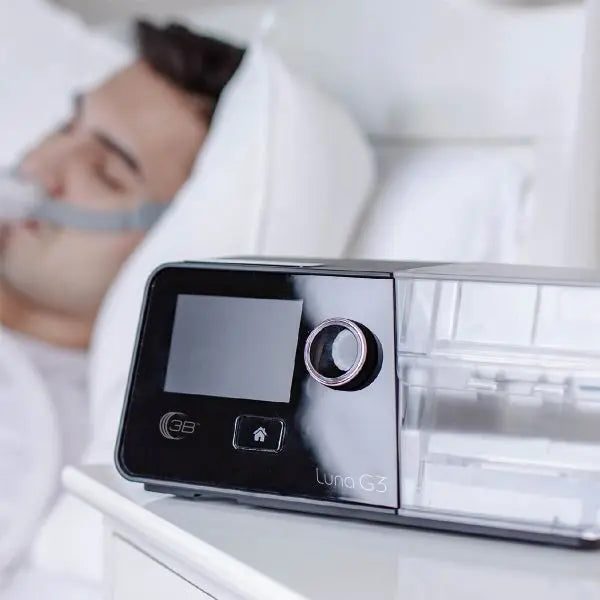
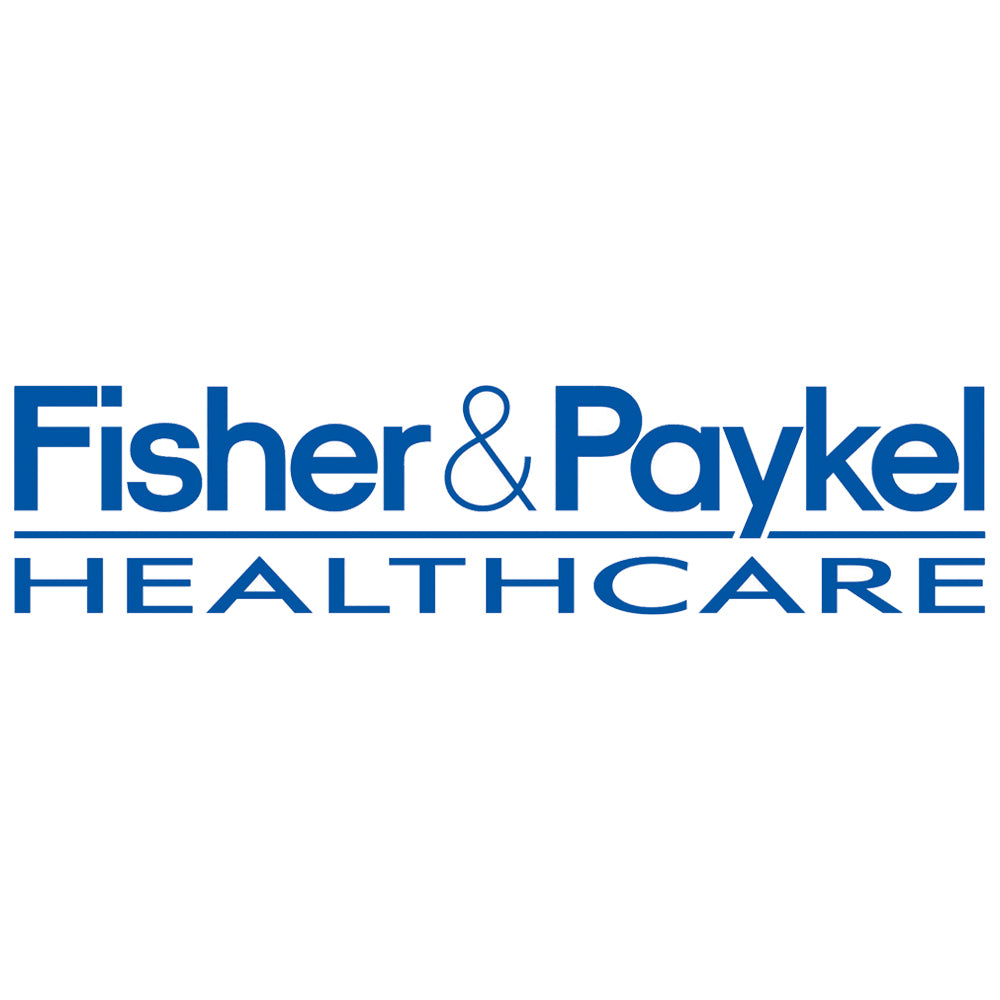


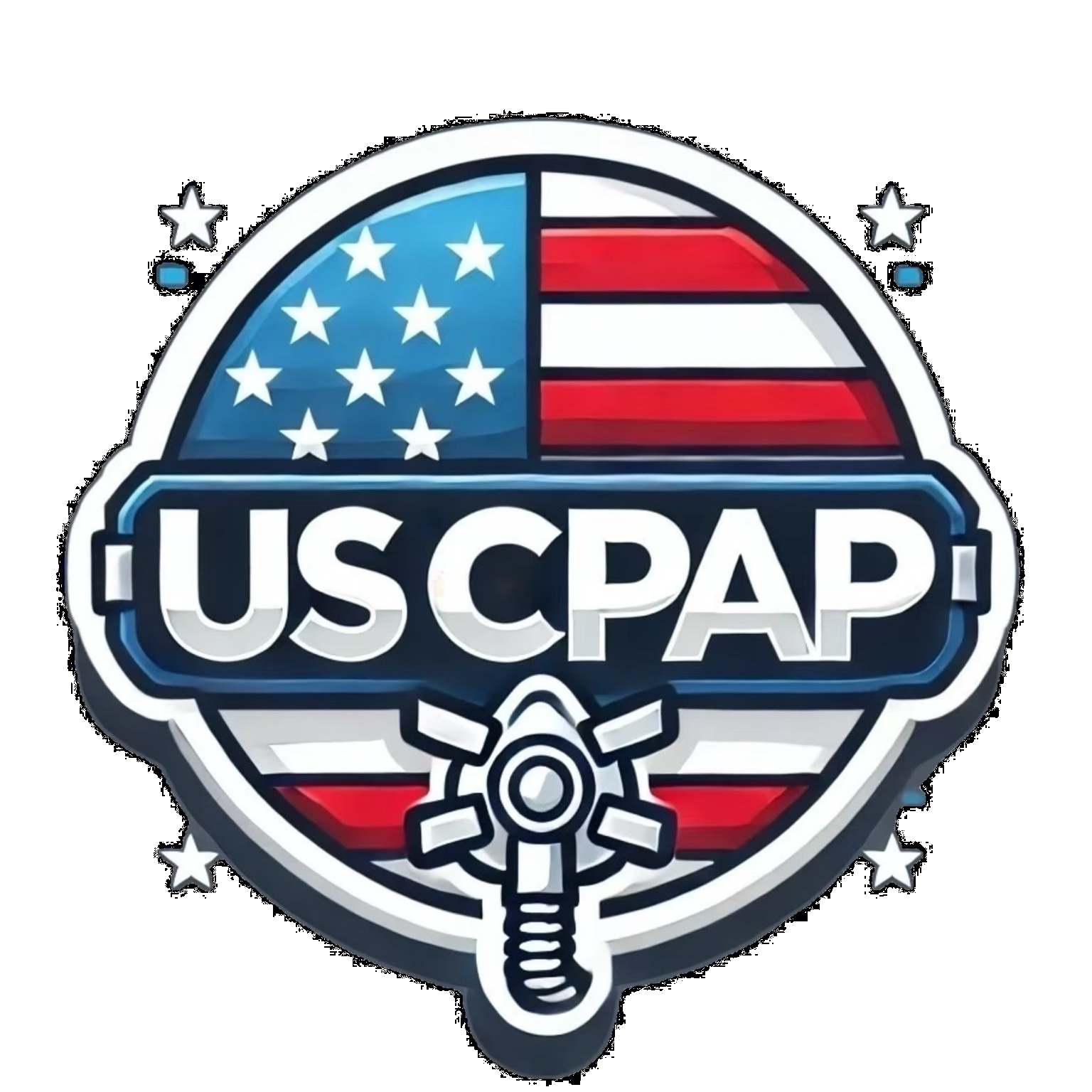
Leave a comment
This site is protected by hCaptcha and the hCaptcha Privacy Policy and Terms of Service apply.